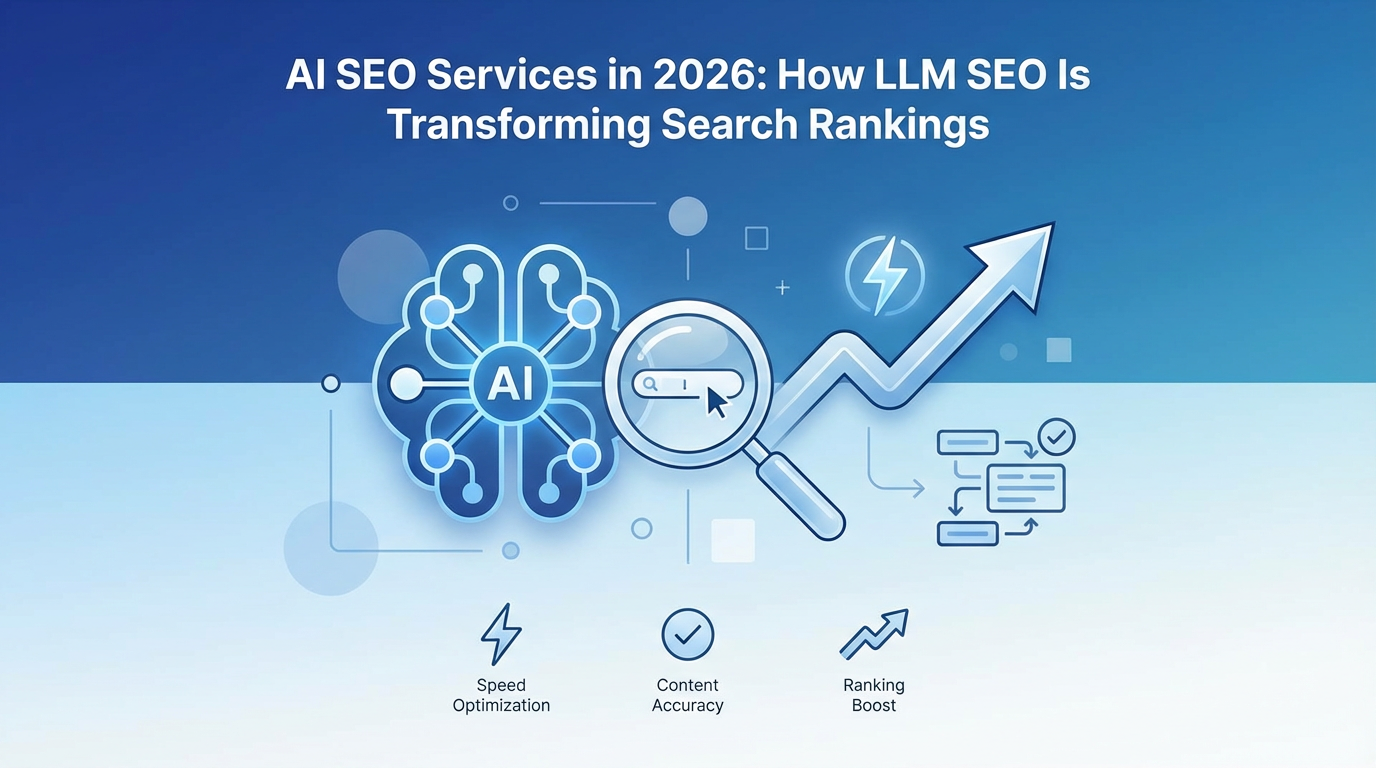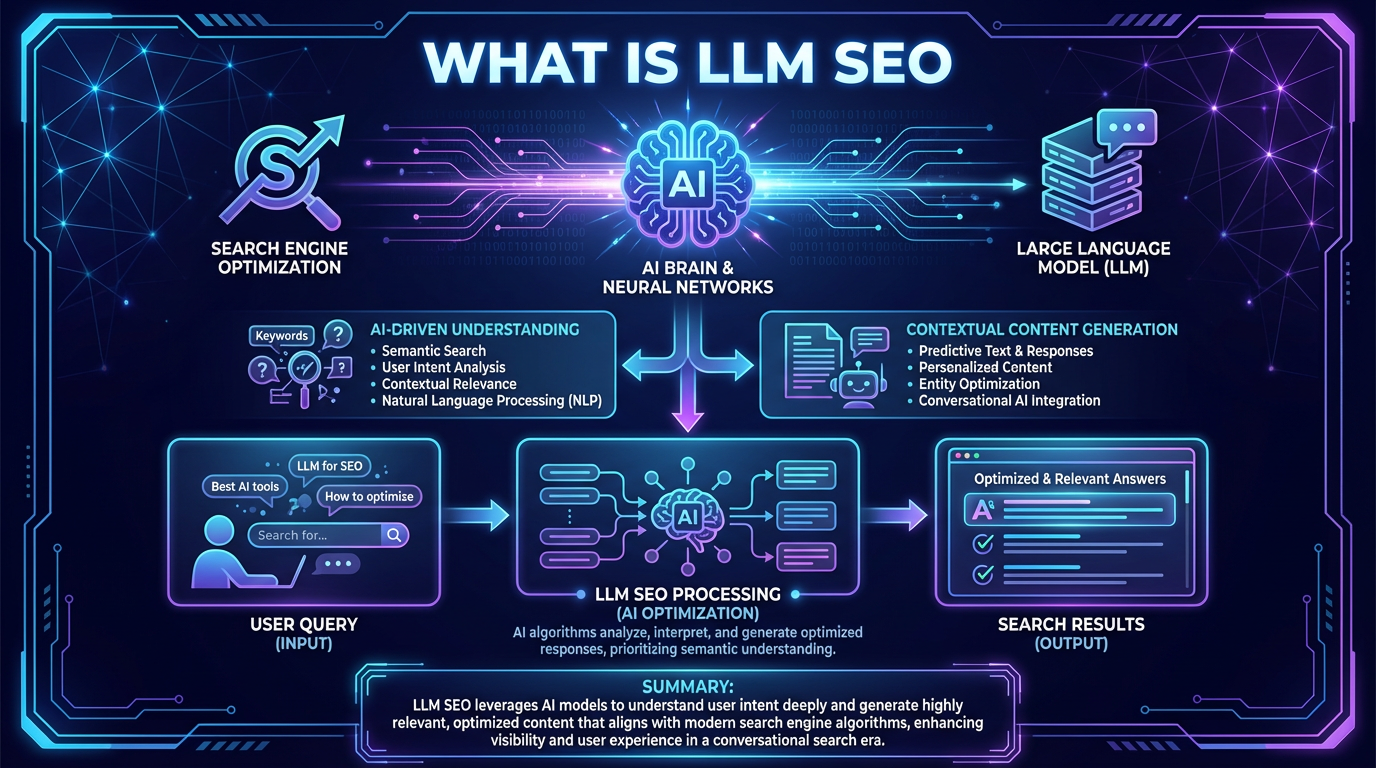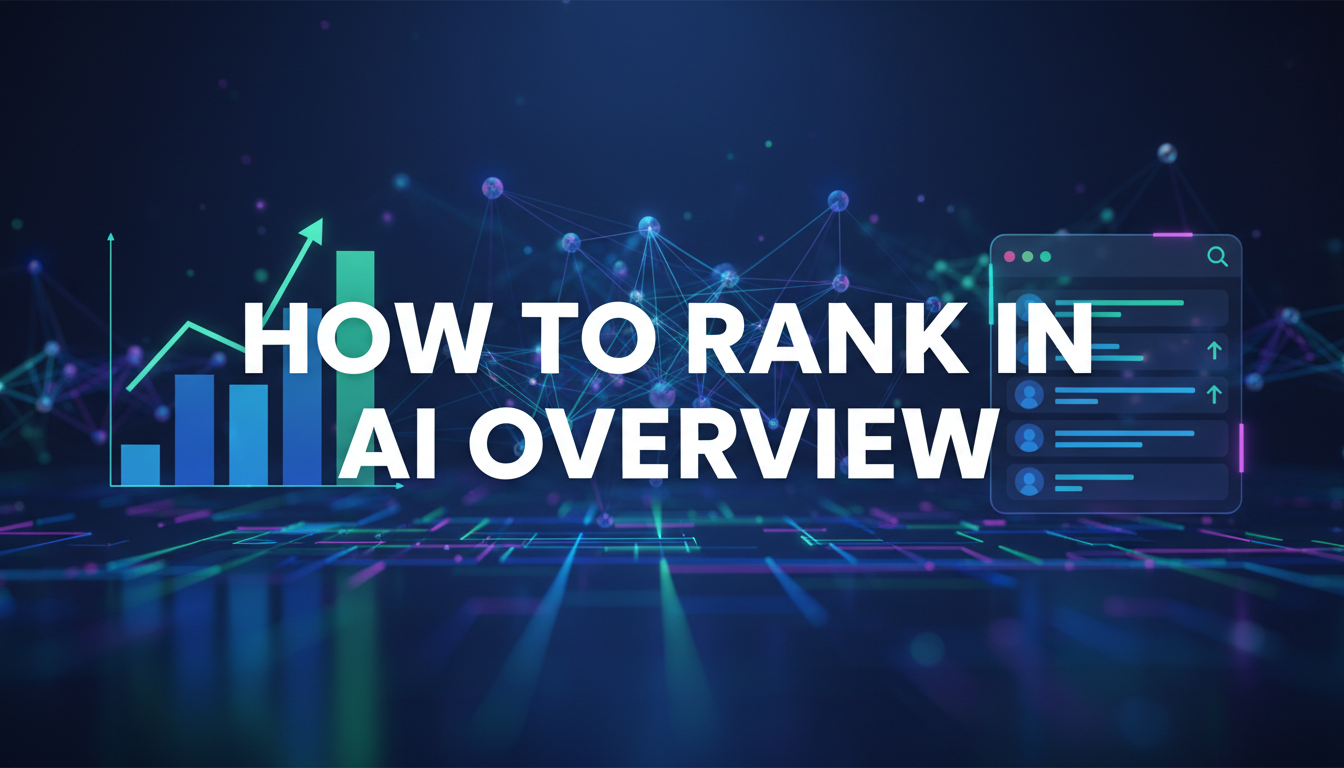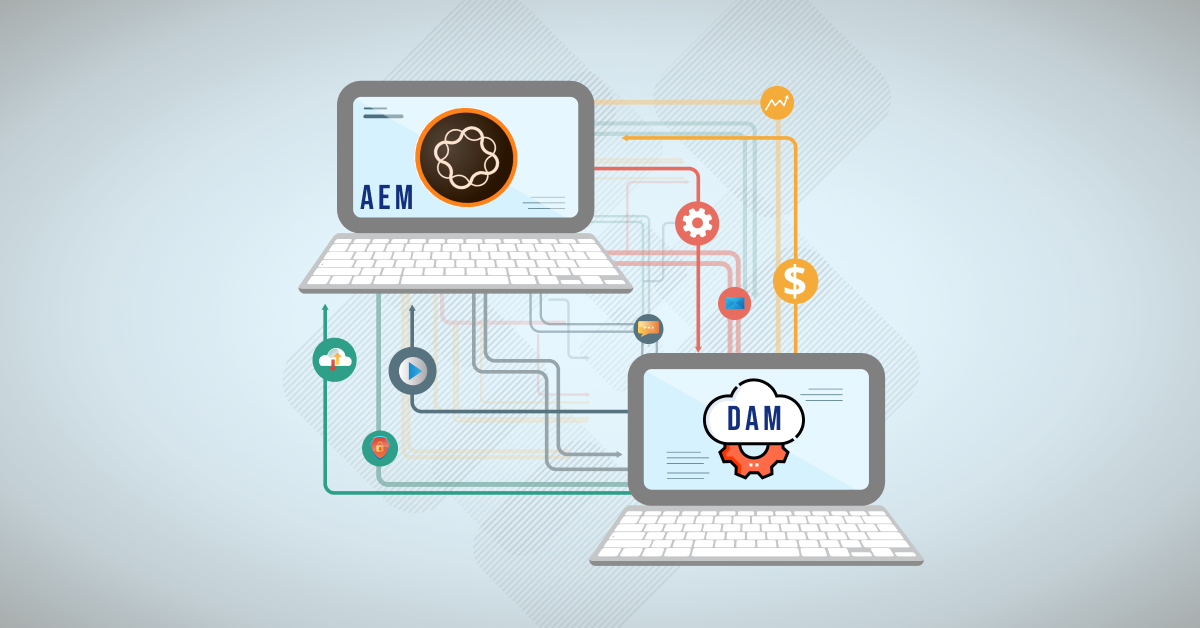
How Does Digital Asset Management Work in AEM?
By deftsoft
28th September 2023
As we turn into the digital millennium, there has been an increasing demand for digital media, photos, audio files, video clips, presentations, and experiential marketing. It has become a more significant part of our everyday experience.
As a business grows, it strives to create and deliver content across various platforms. This expansion creates challenges for users and enterprises alike. And they want to organize the experience and consumption of digital media files so they can use them when and where they want, all across multiple devices.
This is where Adobe Experience Manager’s Digital Asset Management comes into play.
How Does Digital Asset Management Work In AEM?
Here is how DAM works within the AEM ecosystem and how it allows you to unlock the full potential of digital assets.
Work as a centralized repository: a DAM is the central hub for storing and categorizing your digital assets. It also eliminates the need to hunt for the files scattered across various folders or locations.
Easier management of assets: You can also easily use metadata, tags, and descriptions with Digital Asset Management. It makes searching for and retrieving specific assets simple, saving time and reducing frustration.
Streamlined Collaboration: Every business aims for seamless collaboration across teams and departments. It is where DAM helps team members access the same set of assets and reduce duplication of efforts. It ensures that everyone works with the most up-to-date materials.
Consistent Branding: Digital Asset Management also ensures brand consistency by providing access to approved, branded assets. It ensures that all team members use the brand-required logos, fonts, and imagery to maintain a cohesive brand identity.
Access Control and Security: One of the best features of DAM systems is their robust access control. You can define who can access, edit, or download specific assets. This feature ensures that sensitive or confidential materials remain secure and that proprietary information is protected.
Manage Millions of assets from a single location: A key benefit of Digital Asset Management is that it works as a central repository for organizing and storing all digital media assets. It means it is your single point of source for all digital assets, and users can access it across the organization or wherever they are.
Improve Content ROI: DAM is key to creating a positive customer experience. As it bridges the gap between brand promise and inconsistent customer experience, it leads to improved loyalty, thus increasing revenue.
Multichannel Content Creation: Apart from facilitating easy storage and retrieval of the assets, a Digital Asset Management system helps speed up media conversion into different sizes and aspect ratios.
Generative AI and Automation: With new capabilities, organizations can now easily create and adjust brand content with AI. They can instantly generate a content variation within the Digital Asset Management, including backgrounds, colors, and objects. You can also edit content of any size, crop it, and apply effects in the DAM.
Integrated Ecosystem: Empower your teams to create and deliver quickly the Digital Asset Management ecosystem. DAM enables you to speed up content creation through a smooth workflow. You can also use third-party apps to keep your DAM up to date and optimized.
Top DAM Features of AEM Assets 6.5
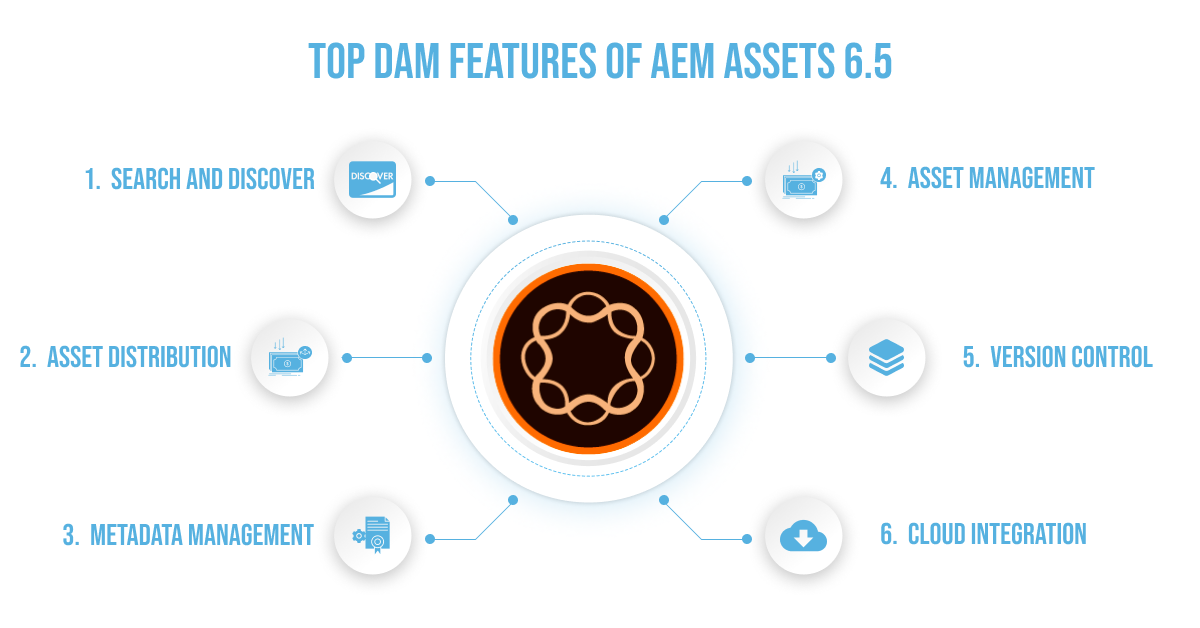
AEM 6.5 offers several new features that help marketers efficiently produce and distribute content at scale. It also gives marketers greater control over their content processes, enabling their campaigns to run efficiently and without unnecessary delays caused by IT involvement. Here are some of its top features:
1. Search and Discover: You have plenty of assets; some may be on your desktop, some may be stored in shared folders, and some may still be in your emails. Although it may seem like the right system, you need the right assets at the right time. It is where Digital Asset Management in AEM helps marketers and creatives get the quick access they need. AEM assets are powered by Adobe Sensei, an AI that automatically gives each digital asset smart tags and keywords. It allows marketers to find images from different locations, share feedback, and assign tasks to collaborate with creators.
2. Asset Distribution: AEM in Digital asset management enables enterprises to manage and distribute digital assets. Individuals in the organization gain the capability to oversee, archive, and retrieve a diverse range of resources. AEM asset simplifies the complex tasks of managing and using digital assets for various purposes within the organization.
3. Metadata Management: Metadata management is a crucial feature that allows users to enrich digital assets with detailed descriptive information. This feature enhances the search and categorization of assets. Here are some examples of metadata:
- Name of the asset
- Name of the folder in which it is contained
- Size of the asset
- Related assets or applied tags.
- Owner of the asset
- Description of the assets
Every addition to the metadata increases its value and makes it more accessible.
4. Asset Management: AEM assets offer simple but powerful features to enhance collaboration and reduce complexity. It allows you to check out and lock assets, and only authorized team members can make changes, such as editing, moving, or publishing them while they are checked out. It gives clarity as multiple people work on different versions of the same assets simultaneously.
5. Version Control: The version control option creates a snapshot of the images. You can restore the photos to the previous point if you want to make changes. This snapshot includes attributes, metadata, and content associated with the asset at the point. Version control also helps you see how the images have evolved over iterations.
6. Cloud Integration: AEM Assets 6.5 integrates with cloud storage and third-party applications, enhancing flexibility and scalability. Cloud integration: AEM assets can be connected to popular cloud storage providers such as Amazon, Google Cloud Storage, and Microsoft Azure. It also offers scalability, as you can easily accommodate a growing volume of assets without investing in the hardware. Beyond this, AEM assets seamlessly integrate with a range of third-party applications.
Conclusion:
As we delve deeper into Adobe Digital Asset Management, we will find that asset management is not a standalone process but a cornerstone of your organization’s digital strategy. Adobe Digital Asset Management is not just about storing files but about unlocking the potential of your digital assets to drive creativity, collaboration, and strategic success within your teams.
The difference between success and stagnation in the ever-changing world of digital assets lies in how you manage your assets with Adobe DAM. At Deftsoft, we help you manage and automate campaigns. Our solution-based full-scale AEM consulting will deliver engaging content. This will enhance clients’ proficiency in delivering compelling content across multiple channels. So, choose to rev up your AEM performance to new heights.

